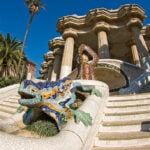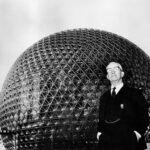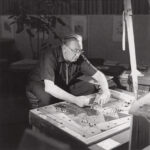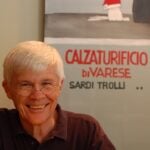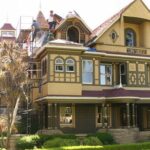Rebels of Construction—Justo Gallego Martinez
This part in the Rebels of Construction blog series is a guest post written by Melissa Klapuch.
If you’re ever fortunate enough to visit the historic city of Madrid, Spain, you’ll have the opportunity to see some of the most beautifully designed and famous architectural works in Europe. The Royal Palace of Madrid is known for its decadent, Rococo style and over 2,000 rooms. You might also plan to see the Palacio Cristal, or “Glass Palace,” originally built as a greenhouse, with floor to ceiling glass plates and iron. Finally, Las Torres Blancas could be on your list, designed to resemble a tree and one of the most advanced concrete structures at the time of its inception.
And while all of these places are unique and striking in their particular way, they do not evoke the emotions and dedication of the cathedral in Mejorada del Campo, a small municipality of Madrid. The first look at the cathedral tells you that it’s still under construction, much like Gaudi’s Sagrada Familia in Barcelona. However, while the Sagrada Familia has a stated end date of construction of 2026, this cathedral will continue to be built by its builder, Justo Gallego Martinez, also known as Don Justo, until his death. So while the building itself is breathtaking, the story of how this offering to the Virgin Mary came to be is even more interesting.
Who is Justo Gallego Martinez?
Like all architecture and works of art, for that matter, we must first start with its creator, Justo Gallego Martinez. Born in 1925, the genuinely turbulent political climate of Spanish communism would leave an indelible mark on Don Justo. At the age of 11, his education was interrupted during the Spanish Civil War.
Before the war, Spain had a very progressive stance on education. Children and older adults were given ample opportunity to learn, and education was even seen as an asset to the country. But once General Franco took power, the policies changed, and Don Justo found himself in the position that many other young men had at that time—he would join his father in the fields as a farmer.
Over the next 13 years, Don Justo would toil in the dirt, but the calling he’d been hearing to devote himself to God could be silenced no longer. He joined the priesthood and became a member of the Trappist Monastery in Santa Maria de Huerta, located in Soria in the North of Spain. While he had found his calling, unrest in Spain continued. The war had ravaged the country and its young men fighting for it. Hospitals tended to the wounded as well as they could but soon became the epicenters for poor hygiene and disease. High among those illnesses was tuberculosis, and unfortunately, Don Justo would become one of those infected.
At the age of 36, Don Justo contracted tuberculosis and was forced to leave the monastery he so desperately loved for the safety of his brother monks. Heartbroken, penniless, and ill, he returned home. He soon learned that he had been left a plot of farming land as an inheritance and understood how he would continue to worship in his own way. Don Justo began praying to Our Lady of the Pillar (Nuestra Señora del Pilar), or the Virgin Mary, in traditional Spanish. He vowed that if he survived his illness, he would construct a shrine in Mary’s name, and soon construction began.
Catedral de Justo
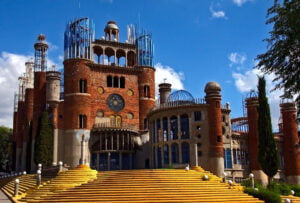 Most of the cathedral is built from recycled material. (Photo courtesy of Jose Javier Martin Espartosa)
Most of the cathedral is built from recycled material. (Photo courtesy of Jose Javier Martin Espartosa)Don Justo ensured that he would construct the shrine in all ways that would follow the law and applied for building permits to begin construction. However, because he was not an official architect by trade, the local authorities did not take him seriously and thus was never granted the permit. Additionally, Don Justo had no background in construction, no blueprints had been drawn up, but he was undeterred; he would build his chapel, one way or another.
And so it was, he laid the first brick in 1961 on the 12th of October, a day dedicated to the Virgin Mary in the Spanish calendar. His six nephews agreed to assist in the construction, but for the most part, Don Justo would build the cathedral on his own.
In the beginning, many questioned Don Justo’s sanity for attempting such a project, and nearly everyone doubted he would make any progress. But he persevered, using every cent of his family’s inheritance and even selling his house and personal possessions to build what he would later refer to as his life’s mission. And due to his lack of financial support and knowledge of basic construction, he has developed some very economical and creative building techniques.
Fifty-six years later, Justo continues his life’s mission. He works on the cathedral six days a week, only taking Sundays off for worship. His days begin at 6 am and the hours are typically filled by scavenging for materials and then adding them to his masterpiece, bit by bit. The cathedral now stands at 131-feet tall and was built without the use of a crane. Instead, the walls are built with recycled cinder blocks and brick from construction sites nearby.
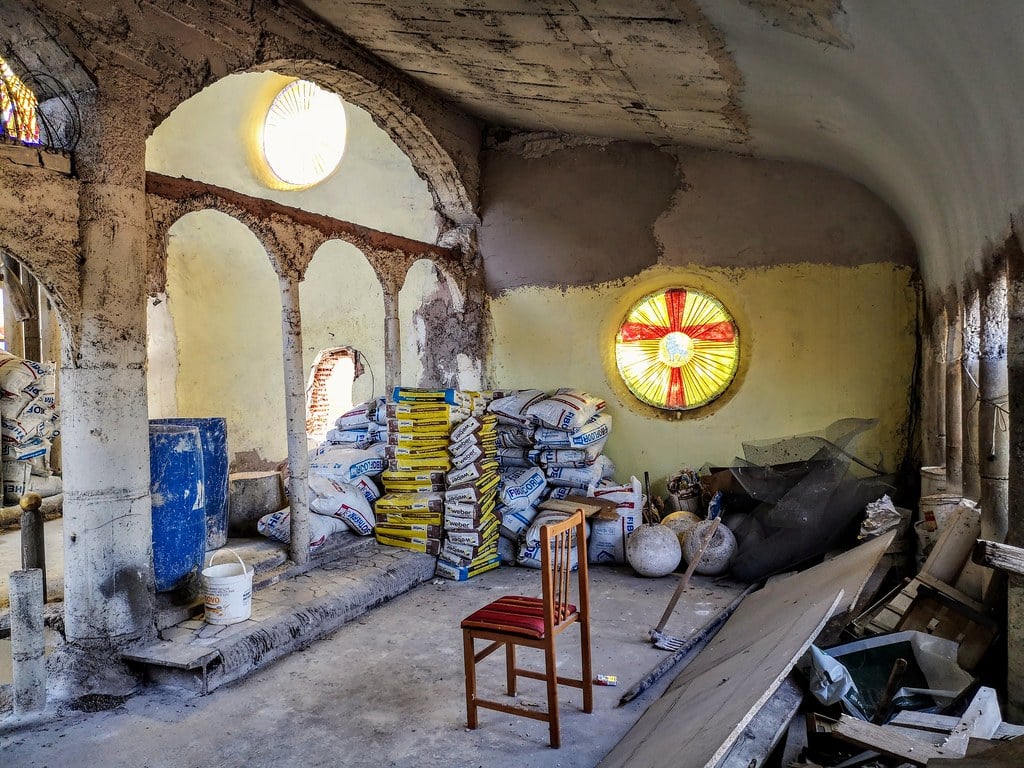 Justo Gallego Martínez has been building the cathedral for over 50 years. (Photo courtesy of Antonio Marín Segovia)
Justo Gallego Martínez has been building the cathedral for over 50 years. (Photo courtesy of Antonio Marín Segovia)
There are columns made of concrete-filled plastic buckets and air ducts formed from coils of wire. Justo has built a 50-meter-tall dome modeled after St. Peter’s Basilica in Rome. The stained glass windows are hand-made without led, just colored glass crushed and powdered and sandwiched between two glass panels.
Religious symbols that decorate the inside of the cathedral have also been donated. Stone angels with broken skirts hang from the ceiling from cables, and oil paintings of Jesus Christ adorn the walls. A printout of Saint Faustina, a nun who suffered from tuberculosis as well, also hangs on the wall.
Thankfully, his work has not gone unnoticed, and the cathedral has garnered much attention from major media outlets. Just inside the entrance to the cathedral is a large board covered in newspaper clippings that testify to this attention. ‘El loco de la cathedral,’ exclaims one headline: ‘The madman of the cathedral!’ This attention has its benefits, as it’s prompted donations from around the world.
Don Justo remains realistic in his undertaking. Much like the architects of the earliest cathedrals, he understands that he most likely won’t live to see its completion. Considering that, he’s built a crypt on the lowest floor of the cathedral where he’ll be entombed at the time of his death. Until that day, he continues to make good on his vow to build a shrine in tribute to the religion that he believed saved his life and given him his purpose in it.
About Melissa
Melissa Klapuch found creative writing at the age of 10 when she put pen to paper in her first, super-secret diary, complete with a heart-shaped lock and a sparkly sticker that read, “KEEP OUT!” Since then, she’s been jotting down prose and short stories whenever she has free time and has recently decided to focus her professional and creative efforts on a career in copywriting and content marketing. Melissa draws inspiration from individuals who have found their passion in life and have chosen to take a leap of faith to follow it. When she’s not writing, Melissa is listening to the latest True Crime podcast or serving as the personal attendant to her three cats: Duke, Daisy, and Jack Bauer.
This post is part five of our series titled “Rebels of Construction.”
What Does it Mean to be a Rebel?
Rebels challenge conventional ways of thinking, defy rules, and revolt against those that tell them ‘no.’ Without Rebels, there would be no invention, innovation, or improvement in our society. Disrupting the status quo, a true Rebel charts a new course where all benefit. In the blog series, Rebels of Construction, Beck Technology celebrates the independent spirit of the Rebel.
Click the pictures below to read more on this series.













